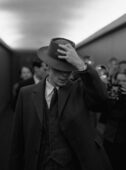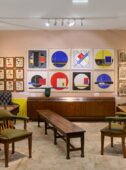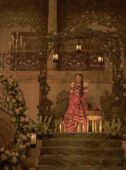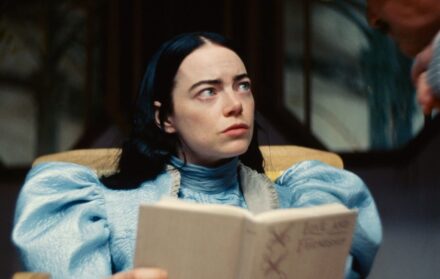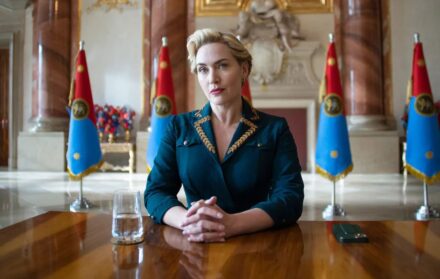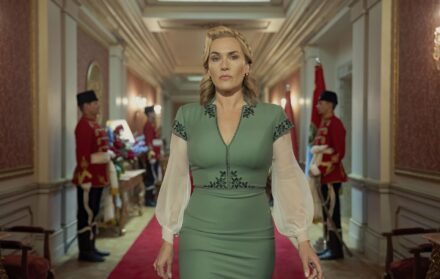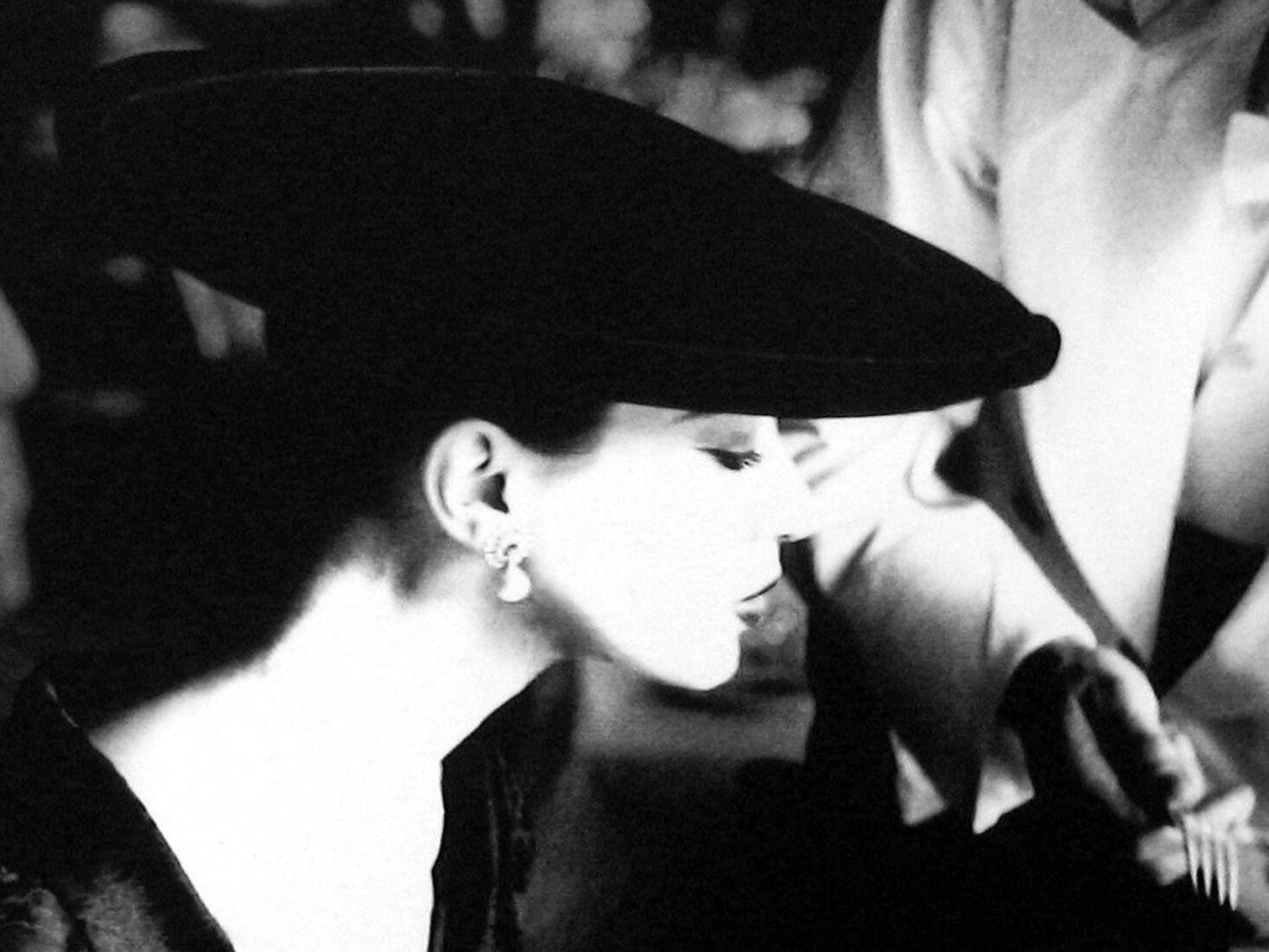
Masterpiece London 2018: an Expert’s Guide
Masterpiece London returns this June for an unmissable week of cross-collecting – but where to begin? The event’s art experts offer their top tips on finding opulence among the ordinary
Cradle an illuminated manuscript in your hands and you are quite literally touching art, literature, language, music and beauty of the European Middle Ages. Slip it into your bookcase and you join the company of the greatest connoisseurs in a line stretching for more than 500 years.” Dr Christopher de Hamel is a leading expert in medieval manuscripts, and an enchanting storyteller. His descriptions of the rare documents are beguiling to say the least, but how to begin sourcing such prized possessions is another tale altogether.
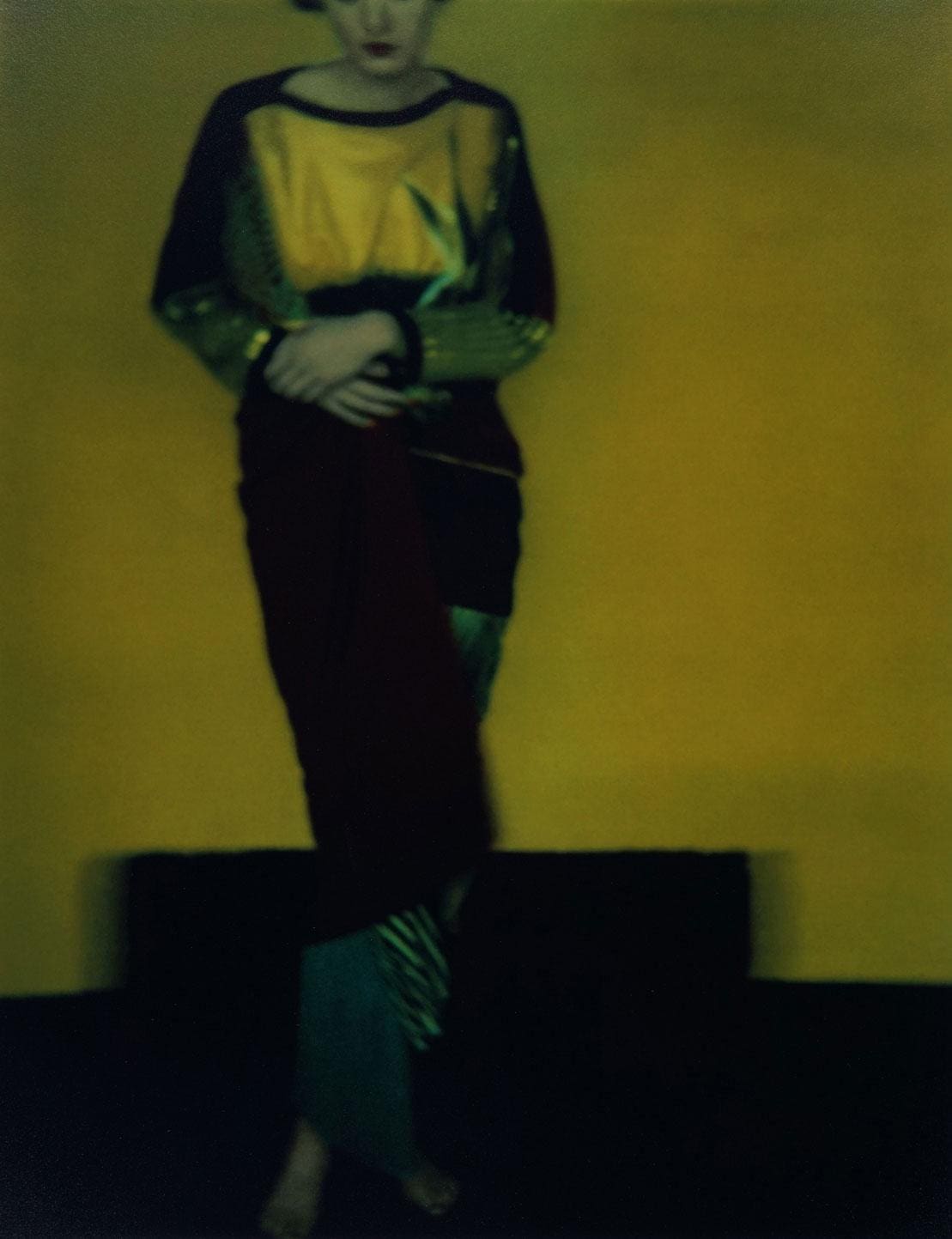
Cue Masterpiece London. This June, the fair will unite a medley of exhibitors – some new and some returning – specialising in art, design, furniture and jewellery. Rare and beautiful pieces abound and, for the overwhelmed visitor, a new series of talks dedicated to the art of collecting. Part of the Talks and Education Programme, in association with Chopard, the ‘How to Look’ lectures will give guidance on spotting hidden treasures in photography, ceramics and – courtesy of de Hamel – medieval manuscripts.
“Illumination manuscripts have always been precious. When new, they often cost more than paintings,” the expert enthuses. “At every moment since the Middle Ages, they have been sought and collected, and they are still among the most beautiful and evocative works of art that could ever be bought.”
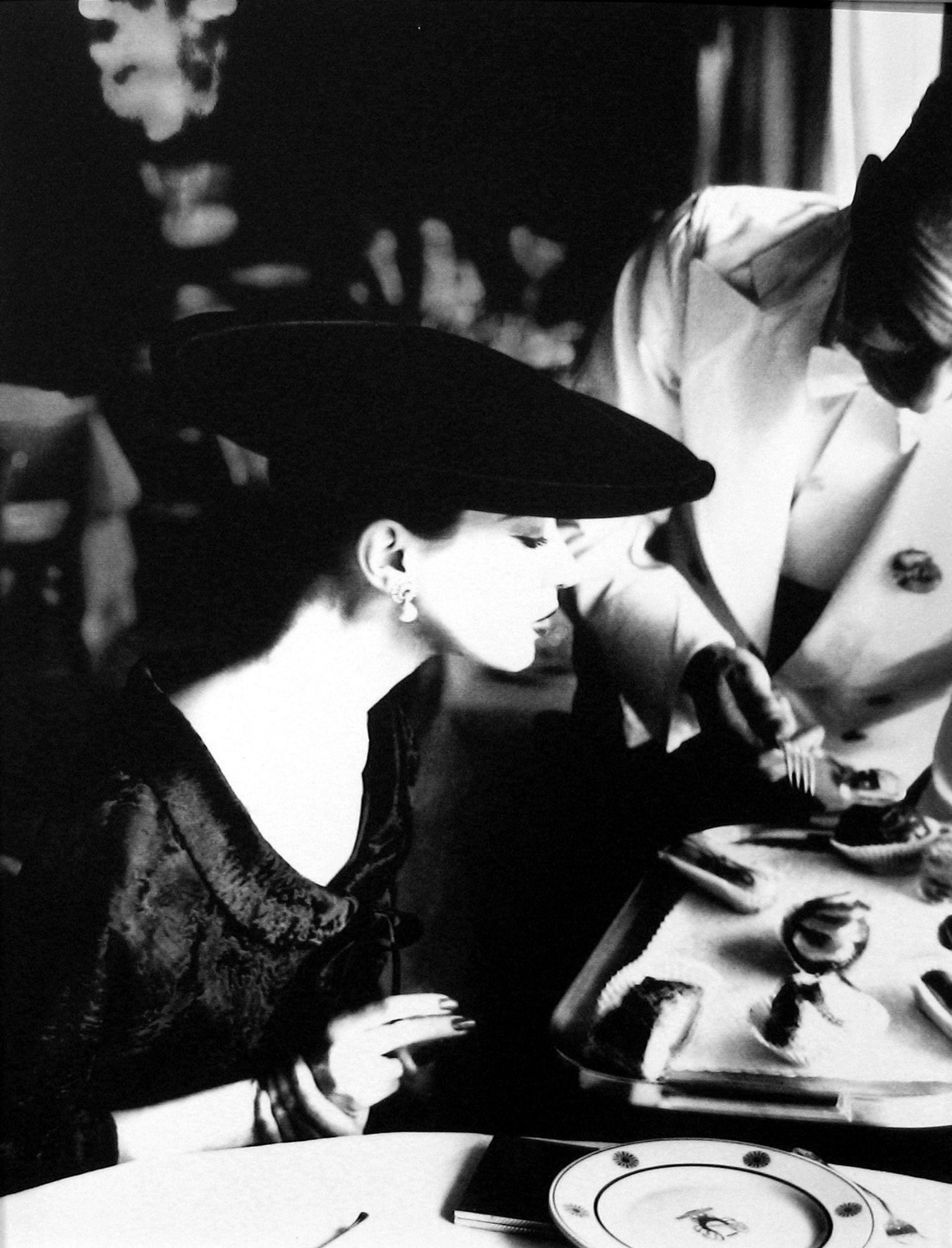
Martin Barnes, however, may disagree. The senior curator at the Victoria & Albert Museum will be hosting his own discussion at the art fair, detailing the merits of photography collection and the desirable snaps to source. “There is a backlog of photography from the analogue age that, since the 1970s, has become highly collectible for both its financial and its cultural value,” he explains. “Vintage prints – those made within five years of the negative and produced by the photographer themselves – tend to be the most prized.”
Former director of the Wallace Collection, Dame Ros Savill, will be leading the ‘How to Look at Ceramics’ discussion, the name of which, she notes, is something of a misnomer. “You need to pick up a ceramic to understand the tactile feel of the paste, or even come closer to the intense detail and visual delights of the decoration,” she says. “Only handling reveals the marks which are so essential to identification, either of the place of manufacture, or of a downright fake.”
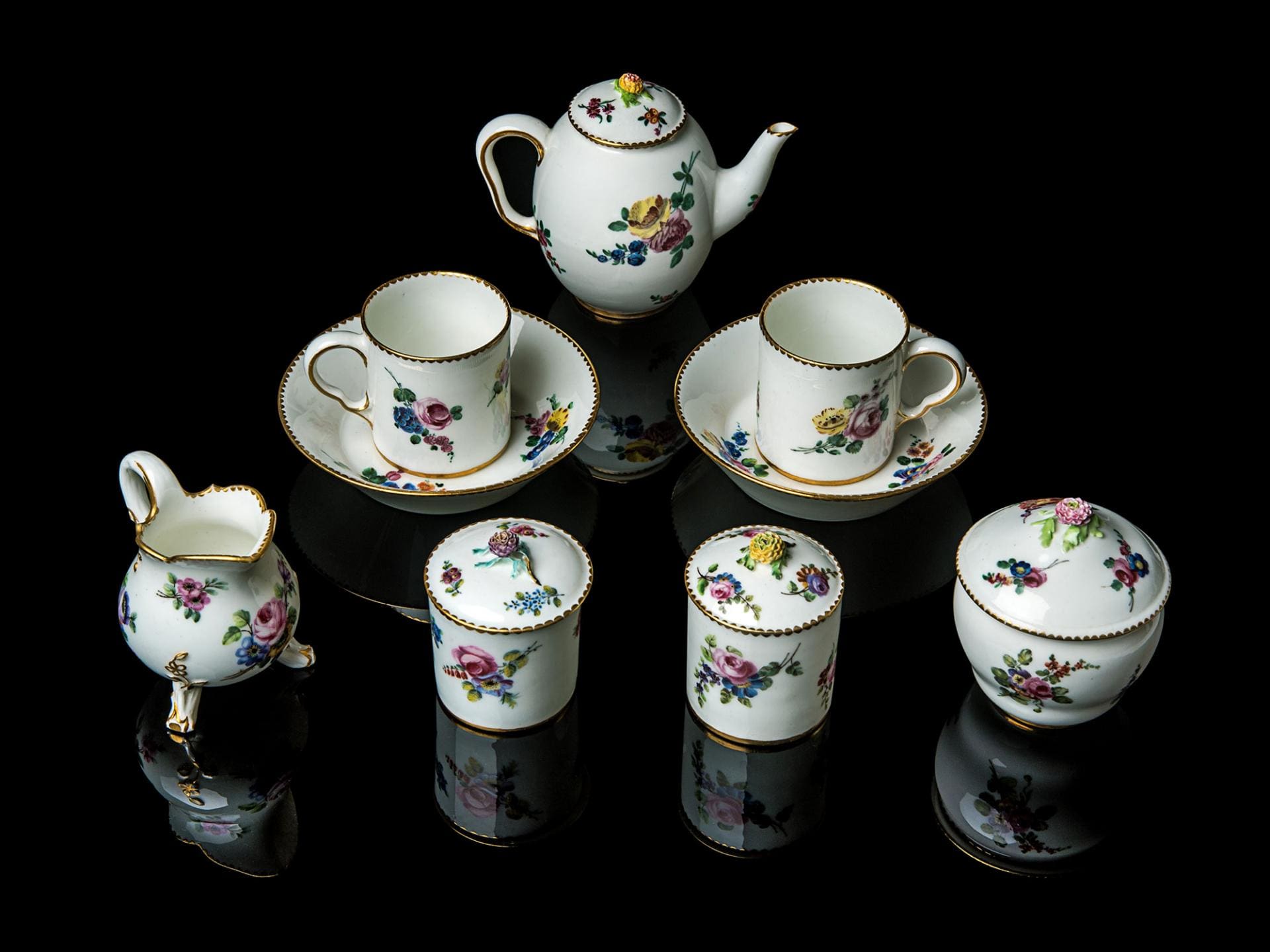
For a beginner, such an extensive fair can be daunting. Director of research and programming at the Colnaghi Foundation, Dr Nicola Jennings, is hosting a lecture on Old Master paintings, and advises amateur collectors to seek similarities between their favoured works. “Is it the subject, the colours, or the artist’s skill?” She says. “Look up the artist and find out more about them, and where you can see their work.” It’s a recommendation that works for any art form. Put simply: “It is a journey of discovery; once you’re hooked, you’ll have many hours of pleasure ahead.”
From £35, Masterpiece London 2018 sponsored by Royal Bank of Canada, 28 June – 4 July (preview 27 June), Royal Hospital Chelsea, SW3, www.masterpiecefair.com
